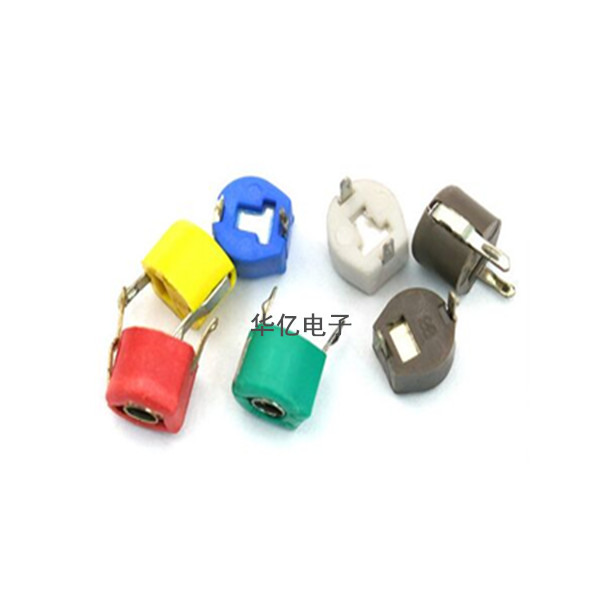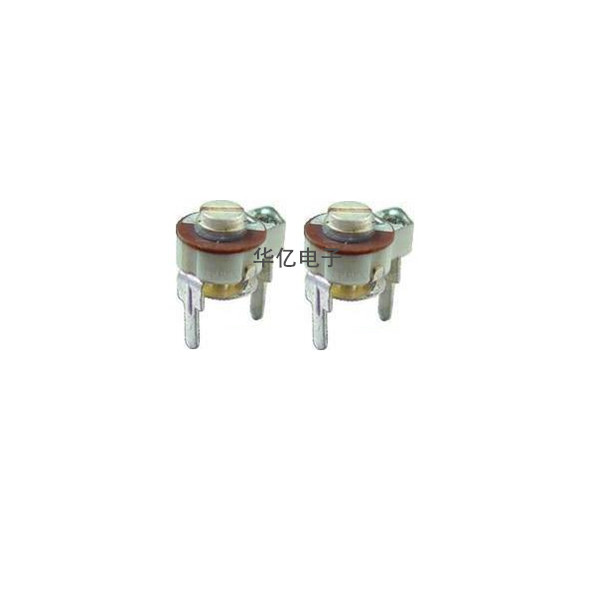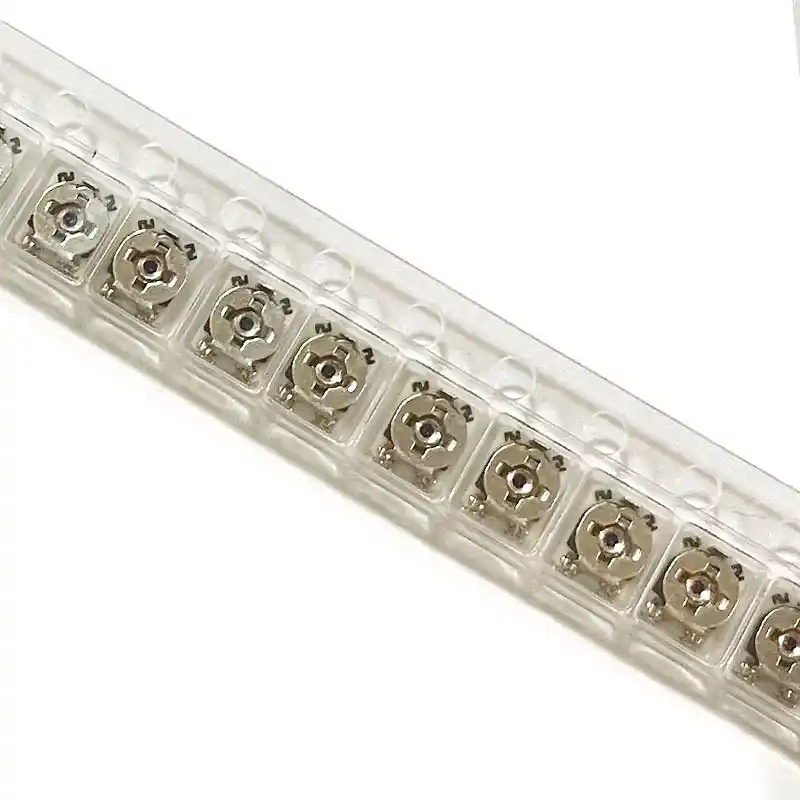SMT components are becoming increasingly popular due to their small size, ease of maintenance, and good performance. Nowadays, many circuit boards use SMT components, but little is known about SMT soldering. During the production and processing of products, due to batch processing, surface mount resistors and capacitors are all soldered in batches through SMT (Surface Mount Technology). Generally, surface mount resistors can be manually soldered onto them. The basic steps for soldering most of these components are: selecting the PCB board, first fixing and soldering one pin of the surface mount component, and then soldering the other side, etc. Next, let's take a look at the experience sharing about soldering surface mount components together.
The general soldering sequence for electronic components is: resistor, capacitor, diode, transistor, integrated circuit, high-power transistor, and other components are first small and then large. Before welding, we would like to mention the following tools commonly used for manual welding of surface mount components:
1. Electric soldering iron
Hand welded components are definitely essential. I would like to recommend the type of soldering iron with a pointed tip here, because it can accurately and conveniently solder one or several pins when soldering densely packed surface mount chips.
2. Solder wire
Good solder wire is also important for surface mount welding. If conditions permit, use thin solder wire as much as possible when welding surface mount components. This makes it easy to control the amount of solder and avoids the trouble of wasting solder and absorbing solder.
3. Tweezers
The main function of tweezers is to facilitate the clamping and placement of surface mount components. For example, when soldering surface mount resistors, tweezers can be used to clamp the resistors and place them on the circuit board for soldering. The tweezers require a pointed and flat front end for easy clamping of components. In addition, for some chips that require anti-static measures, anti-static tweezers are needed.
4. Tin absorbing tape
When soldering surface mount components, it is easy to have excessive soldering. Especially when soldering densely packed multi pin surface mount chips, it is easy to cause adjacent two or even multiple pins of the chip to be short circuited by soldering. At this point, traditional tin absorbers are no longer useful, and woven tin absorbing tapes are needed.
5. Rosin
Rosin is the most commonly used soldering flux because it can precipitate oxides in the solder, protect the solder from oxidation, and increase the fluidity of the solder. When soldering straight insertion components, if the components rust, they should be scraped off first, then placed on rosin and ironed with a soldering iron before soldering. When soldering surface mount components, rosin can not only assist in soldering, but also be used as a tin absorbing tape in conjunction with copper wire.
6. Solder paste
When welding difficult to tin iron parts and other items, solder paste can be used, which can remove oxides on the metal surface and is corrosive. When soldering surface mount components, sometimes it can be used to "eat" solder, making the solder joints shiny and firm.
7. Hot air gun
A hot air gun is a tool that uses the hot air blown from its core to weld and disassemble components. The process requirements for its use are relatively high. A hot air gun can be used to remove or install small components to large integrated circuits. In different situations, there are special requirements for the temperature and air volume of the hot air gun. Low temperature can cause component virtual soldering, while high temperature can damage components and circuit boards. Excessive air volume can blow away small components.
8. Magnifying glass
For some chip chips with extremely small and dense pins, it is necessary to check whether the pins are soldered properly and whether there is a short circuit after soldering. At this time, it is very laborious for the human eye, so a magnifying glass can be used to conveniently and reliably check the soldering status of each pin.
9. Alcohol
When using rosin as a flux, it is easy to leave excess rosin on the circuit board. For aesthetic purposes, you can use an alcohol cotton ball to wipe off any residual rosin on the circuit board
10. In addition to the above-mentioned tools, other commonly used tools for surface mount welding include sponges, plate washers, hard brushes, adhesives, etc.
Welding steps:
Before welding, apply a layer of loose perfume on the bonding pad and wait for it to volatilize; Solder the solder pad with a soldering iron, and the contact time between the soldering iron and the solder pad should not exceed 1.5 seconds; Place the surface mount resistor capacitor onto the solder pad using electrostatic tweezers and hold it down; Add solder and use a soldering iron to melt the solder joint, ensuring that the solder is fully wetted and the soldering iron is quickly removed; Remove welding slag. The volatilization time is 5-10 seconds. The contact time between the soldering iron and the solder pad is 1 second. Electrostatic tweezers can be flat mouthed anti slip electrostatic tweezers. Use a hair dryer to clean the solder joints.
Welding requirements:
Resistance welding: Install the resistor accurately into the designated position according to the diagram. Require upward marking and consistent word orientation. After installing the same specification, try to make the height of the resistor consistent when installing another specification. After soldering, cut off all the excess pins exposed on the surface of the printed circuit board.
Capacitor welding: Install the capacitor in the designated position according to the diagram, and be careful not to connect the "+" and "-" poles of polarized capacitors incorrectly. The direction of the markings on the capacitor should be easily visible. First install glass glazed capacitors, organic dielectric capacitors, ceramic dielectric capacitors, and finally install electrolytic capacitors.
Precautions for soldering surface mount components:
1. The temperature of Luotie should not be too low or too high, and it is generally best to maintain it at 270 ℃;
2. Surface mount resistors or capacitors must be placed in the positive position;
3. Before welding, you can practice repeatedly with the scrapped circuit board.
The above is the skill sharing for soldering surface mount components. Have you all mastered it? During welding, the arc temperature can reach 3000-6000 ℃, and a large amount of sparks are emitted, which can easily ignite and burn combustible materials. Due to welding, the temperature of the welded parts is also very high, which poses a great risk of fire. So, when doing homework, be sure to pay attention to safety.







